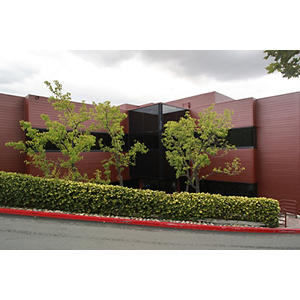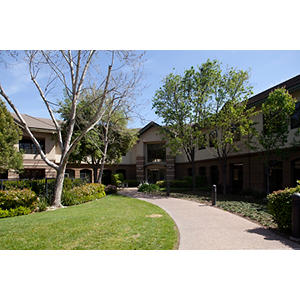Eric Zee, MD
Clinical Professor
Pulmonology
“My goal is to give each family personalized care.”
My Approach
I became a pediatrician because I wanted to be an advocate for children, and I feel very fortunate to serve our community's families and children.
Kids see doctors differently than adults. As a doctor I tend to be informal. I don't wear a tie or a white coat—that's by design. I want children and families to feel comfortable when they see me. I try to talk to the kids as much as possible and not talk through them to parents. I feel this leads to more personalized care.
Communication is key in medicine and the foundation of personalized care. Pediatrics presents a unique opportunity for that communication, because I'm speaking with both parents and children. I listen to my patients' and their parents' questions fully and then make sure they both understand my thoughts and recommendations. More than anything, that two-way communication is key.
Locations




Conditions
Asthma
Childhood Asthma
Cystic Fibrosis
Work and Education
FUHS/The Chicago Medical School, North Chicago, IL, 6/4/1999
University of Texas Southwestern Medical Center, Dallas, TX, 6/30/2002
University of Colorado, Aurora, CO, 6/30/2005
Pediatrics, American Board of Pediatrics, 2002
Pediatric Pulmonology, American Board of Pediatrics, 2006
Languages
Cantonese
English

Connect with us:
Download our App: